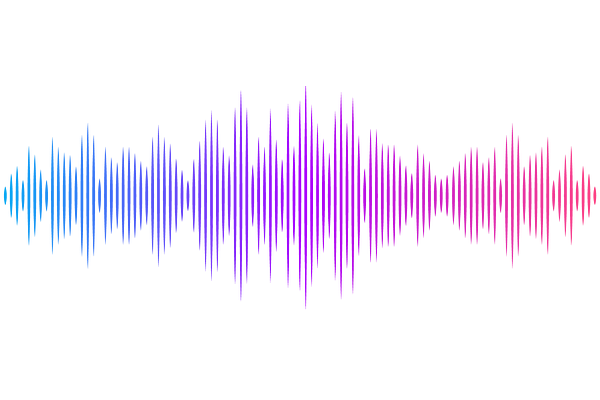HIF isoforms contribute distinctly during human NK cell activation

HIF isoforms contribute distinctly during human NK cell activation
De Waele, J.; Verhezen, T.; Lau, H. W.; Melis, J.; Brants, L.; de Beukelaar, J.; Gevaerts, C.; Van Audenaerde, J.; Lardon, F.; Wouters, A.; Smits, E.
AbstractHypoxia-inducible factors (HIFs) are critical transcriptional regulators that enable cellular adaptation to low oxygen environments. Natural killer (NK) cells are key effectors of innate immunity which frequently operate in hypoxic tissues during viral infection and tumor surveillance. In addition, HIF also play a role in NK cells beyond hypoxic adaptation. However, the distinct and overlapping roles of HIF-1 and HIF-2 in NK cell biology remain incompletely understood. In this study, we investigated the contribution of HIF-1 and HIF-2 to NK cell effector functioning in normoxia using pharmacological inhibition. When HIF-1 was inhibited, we observed a pronounced decline in cytotoxicity as well as IFN{gamma} and TNF production, but not granzyme B, accompanied by elevated mitochondrial reactive oxygen species. In contrast, HIF-2 did not alter these functions, nor did pan-HIF stabilization. These findings indicate a differential role of HIF-1 and HIF-2 in shaping NK cell responses in normoxia, at least during the acute activation phase as investigated here. Still, more mechanistic and contextual insights into the role of HIF isoforms in NK cells is warranted for future therapeutic applications.